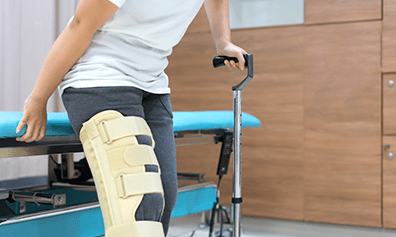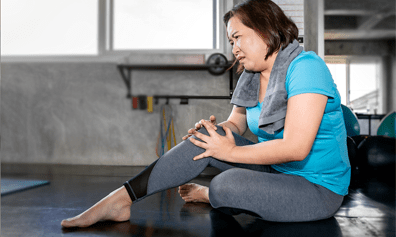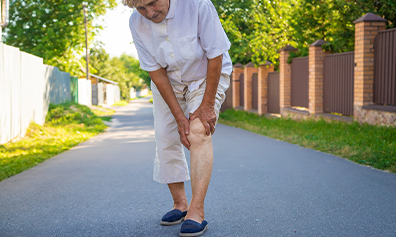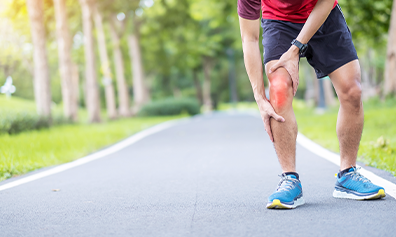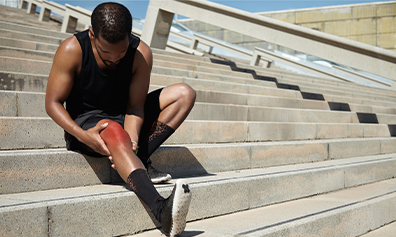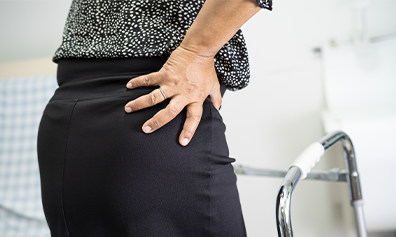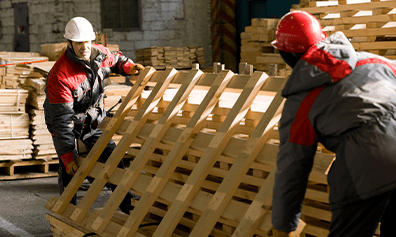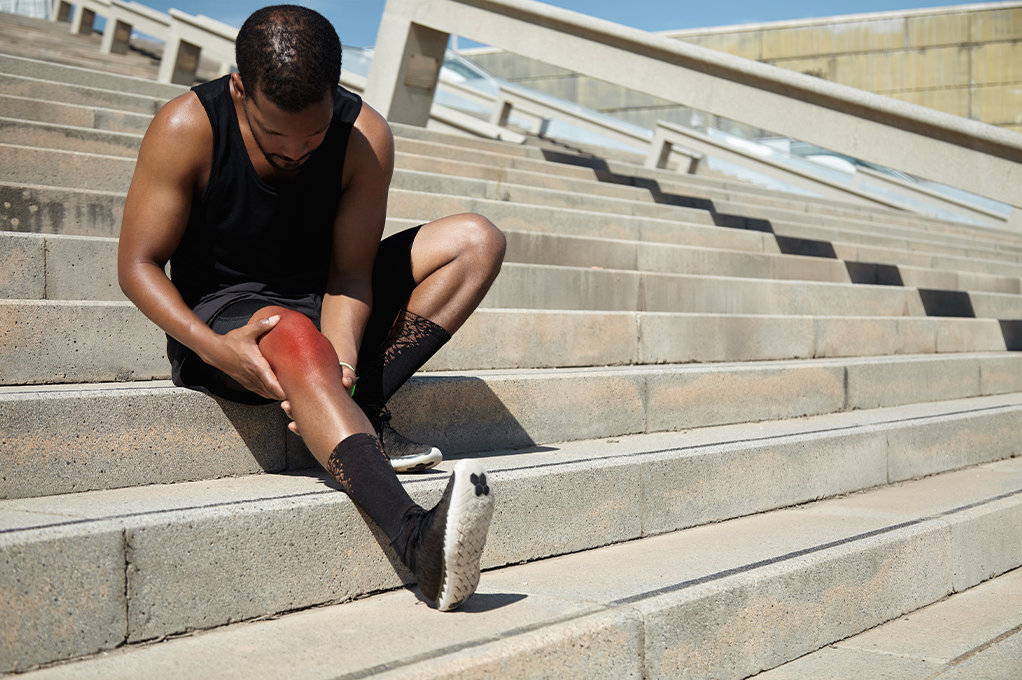
Understanding Meniscal Injury
A torn meniscus is one of the most common knee injuries. Any activity that causes you to forcefully twist or rotate your knee, especially when putting your full weight on it, can lead to a torn meniscus.
Each of your knees has two C-shaped pieces of cartilage that act like a cushion between your shinbone and your thighbone (menisci). A torn meniscus causes pain, swelling, and stiffness. You also might feel a block to knee motion and have trouble extending your knee fully
Conservative treatment — such as rest, ice, and medication — is sometimes enough to relieve the pain of a torn meniscus and give the injury time to heal on its own. In other cases, however, a torn meniscus requires surgical repair.
How does a meniscal injury feel like?
If you've torn your meniscus, you might have the following signs and symptoms in your knee:
- • A popping sensation
- • Swelling or stiffness
- • Pain, especially when twisting or rotating your knee
- • Difficulty straightening your knee fully
- • Feeling as though your knee is locked in place when you try to move it
- • Feeling of your knee giving way
What are the causes of meniscal injury?
- • A torn meniscus can result from any activity that causes you to forcefully twist or rotate your knees, such as aggressive pivoting or sudden stops and turns. Even kneeling, deep squatting, or lifting something heavy can sometimes lead to a torn meniscus.
- • In older adults, degenerative knee changes can contribute to a torn meniscus with little or no trauma.
Risk Factors
- • Performing activities that involve aggressive twisting and pivoting of the knee puts you at risk of a torn meniscus.
- • The risk is particularly high for athletes — especially those who participate in contact sports, such as football, or activities that involve pivoting, such as tennis or basketball.
- • Wear and tear on your knees as you age increases the risk of a torn meniscus.
- • Obesity also increases the risk of a torn meniscus.
Complications
- • A torn meniscus can lead to a feeling of your knee giving way, inability to move your knee normally, or persistent knee pain. You might be more likely to develop osteoarthritis in the injured knee
Diagnosis
A torn meniscus often can be identified during a physical exam. For example, your physical therapist might move your knee and leg into different positions, watch you walk, and ask you to squat to help pinpoint the cause of your signs and symptoms. In addition, radiographic imaging, especially MRI, might help confirm the diagnosis
Treatment
Initial treatment
Treatment for a torn meniscus often begins conservatively, depending on the type, size, and location of your tear. Tears associated with arthritis often improve over time with treatment of arthritis, so surgery usually isn't indicated. Many other tears that aren't associated with locking or a block to knee motion will become less painful over time, so they also don't require surgery.
The follow recommendations will help:
- • Rest - Avoid activities that aggravate your knee pain, especially any activity that causes you to twist, rotate or pivot your knee. If your pain is severe, using crutches can take pressure off your knee and promote healing.
- • Ice – It can reduce knee pain and swelling. Use a cold pack, a bag of frozen vegetables, or a towel filled with ice cubes for about 15 minutes at a time, keeping your knee elevated. Do this every four to six hours the first day or two, and then as often as needed.
- • Medication - Over-the-counter pain relievers also can help ease knee pain.
Therapy
Physical therapy can help you strengthen the muscles around your knee and in your legs to help stabilize and support the knee joint. The exercises will depend upon the severity of the injury and the type of meniscus you have injured.
Surgery
If your knee remains painful despite rehabilitative therapy or if your knee locks, your doctor might recommend surgery. It's sometimes possible to repair a torn meniscus, especially in children and young adults. If the tear can't be repaired, the meniscus might be surgically trimmed, possibly through tiny incisions using an arthroscope. After surgery, you will need to do exercises to increase and maintain knee strength and stability. If you have advanced, degenerative arthritis, your doctor might recommend a knee replacement. A meniscus transplant might be appropriate for younger people who have signs and symptoms after surgery but no advanced arthritis.
Lifestyle and home remedies
- • Avoid activities that aggravate your knee pain — especially sports that involve pivoting or twisting your knee — until the pain disappears.
- • Ice and over-the-counter pain relievers can be helpful.
Telehealth to Your Rescue
During these times of global pandemic, it can be challenging to find the help you need to maintain your joint health. But with telerehabilitation services, you can get the benefits of physical therapy from the comfort of your home without worrying about exposure or transport. TheraNow, one of the best telerehabilitation services with excellent expertise in the field of online physical therapy with our team of virtual physical therapists, is waiting to provide you the care you need to get your life back in its happy place. You can book your appointment by visiting us at Theranow: Online Physical Therapy Services

